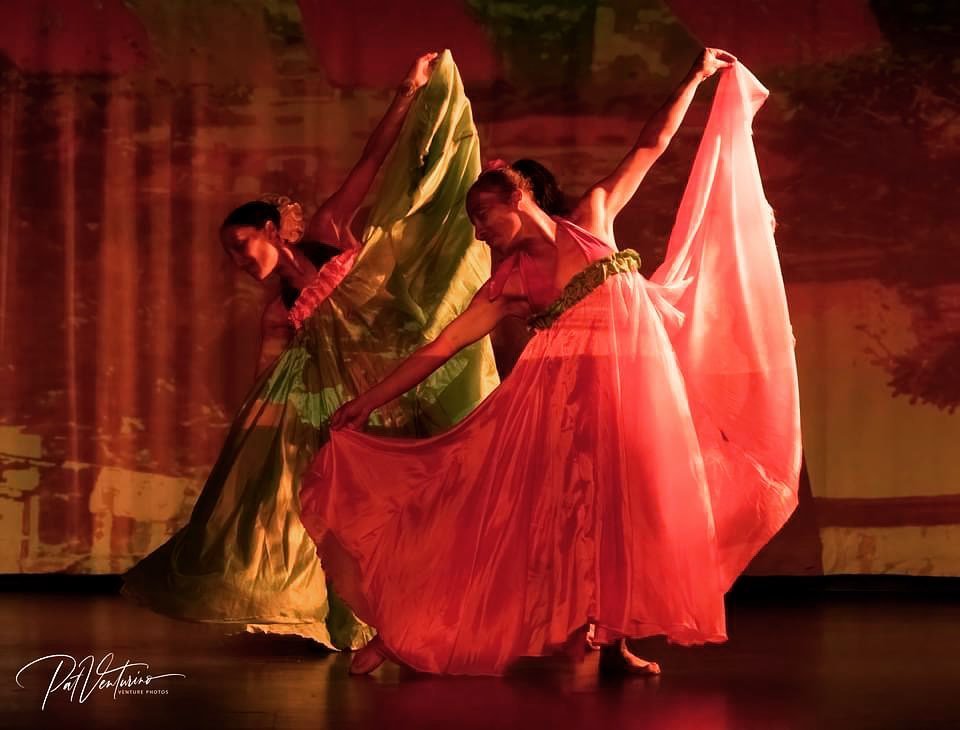An Unbiased View of Dance Fridays
Table of ContentsThe 9-Minute Rule for Dance FridaysIndicators on Dance Fridays You Should KnowOur Dance Fridays IdeasMore About Dance Fridays
Let's think about Salsa dancing and music as a large Tree that resembles this: Salsa is danced world-wide while many technical aspects of the dance are the same throughout designs (6 steps over 8 beats danced on a quick-quick-slow or slow-quick-quick rhythm), there are several "hallmark" attributes of the major styles of Salsa that distinguish one from the various other.Pairs taking part in a Casino Rueda dance all relocate unison as called by a Leader. Distinguishing features of Cuban design salsa are circular turn patterns (with "break back" actions on counts 1 and 5) in addition to body movement inspired by traditional Afro-Cuban folkloric dances. Distinguishing features of Cali style salsa is fast and complex footwork, danced with a solid hand hold link in between partners.
The origins of the design are a subject of argument, yet it is said that New york city style Salsa dance came from the 1960's as a result of the influx of Latin American emigrants after the Cuban Revolution. Eddie Torres is one of the most popular New York design professional dancer, being almost generally attributed with popularizing the style to dance centres beyond New York.
The basic rhythm of "On-2" is slow-quick-quick. The "youngest" of the designs of Salsa, L.A. Style (some individuals have actually called it "West Coastline" design) came to be prominent in the 1990's and has its origins in ballroom (Mambo, Swing and Cha, Cha, Cha). Turn patterns lead and adhere to strategies are heavily influenced by these designs, with the Cross Body Lead being the cornerstone of the design.
How Dance Fridays can Save You Time, Stress, and Money.
Design are implementation of turn patterns and figures in the "port", with the break actions on counts "1" and "5". While Salsa music has solid origins in Cuban, Colombian and Puerto-Rican folkoric traditions, it can not be discounted that all Afro-Latin and Latin American societies have actually added to contemporary Salsa music as we recognize it today.
It's possible that as a result of political factors the payment of Afro-Cuban culture and heritage to contemporary Salsa in the 1960's and 70's is not widely recognized, however it can not be ignored the significant payment and impact of the "Queen of Salsa", Celia Cruz. A household name in Cuba and the Central Americas as a singer in the 1950's, Celia left Cuba for the united state

Today Salsa songs is developed, executed and renowned world-wide. In 2000 the impact of Latin American songs and culture (not just Salsa) was recognized by the National Academy of Recording Arts and Sciences in the United State and the Latin Grammy Awards were created. The Latin Grammy's have actually brought attention to the Salsa Legends and contemporary Salsa artists alike
Dance Fridays for Dummies
identifying qualities of Salsa songs are: 4/4 measure signature, Child Clave and Tumbao rhythms, Montuno Piano Unless you have a history in songs, the above 3 qualities possibly imply absolutely nothing to you. A less complicated means to describe Salsa music is just how it does NOT seem like various other kinds of Latin American music.
Bachata is a straight 4 beat dance with a prevalence of a syncopated guitara line and a clear absence of any kind of "difficult" piano, brass (trumpet, trombone) lines. Cha, Cha, Cha resembles Salsa music the most as it really feels like "really slow" salsa/mambo. salsa club san francisco. Cha, Cha, Cha can be distinguished by it's emphasis of the dual tumbao beat on counts 4 +5 and 8 +1 (the "cha-cha-cha") You have actually been to a Salsa evening at a club and you're hooked you enjoy the songs, the energy, the look of 2 dancers moving across the dancing flooring carrying out trendy spins and transform patterns
It's time for lessons. With numerous workshops out there and different designs to select from, where does a full rookie start? The majority of all new professional dancers choose to find out L.A. "On-1" style slotted Salsa designs are the most widespread in North America (with some exceptions of some urban centres that still primarily embrace Cuban and Puerto Rican styles) and L (https://salsacrazysf1.weebly.com/).A
.A. Style will swiftly show you the fundamentals of Salsa timing, weight transfer and transform pattern implementation. Many professional dancers, when they have actually had a year or more of dancing L.A. Style Salsa under their belts, "button" to New York style in order to diversify their dance vocabulary; however numerous professional dancers choose to stick to simply one design of Salsa and enjoy their time on the dance flooring in that specific style (salsa club san francisco).
Style and New York City Style all being danced in the exact same club, with most of the professional dancers having the ability to switch over from one design to the various other from one track to the following. Despite which design you choose it is very important to stay with that style till you're really comfortable with the basics of timing, body rhythm and structure move execution prior to considering "changing" styles (if you wish to).
